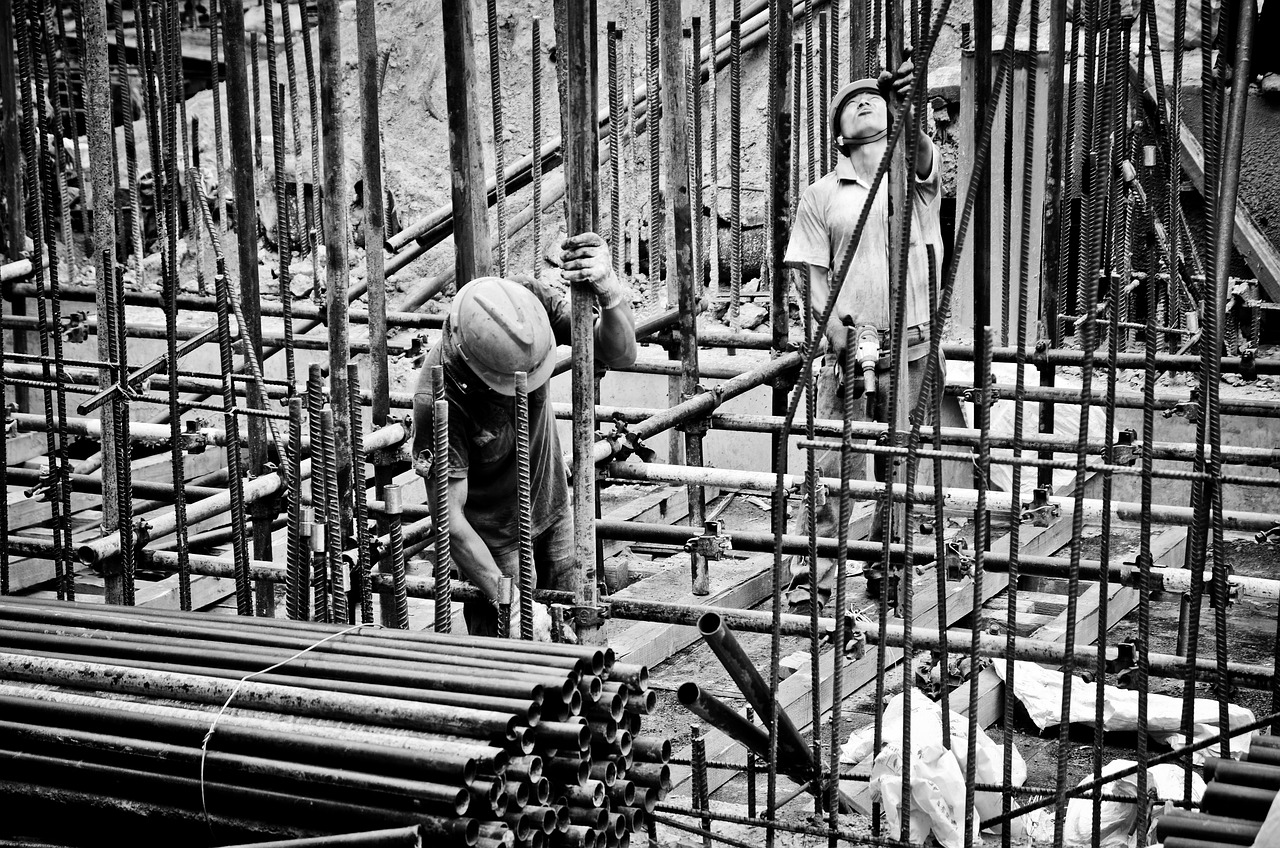Selecting the Right Metal Building Supplies for Durability and Performance

Want to start a new metal construction project? Then, a crucial process is choosing a metal that will help you build reliable parts with a low probability of failure. However, the process is not as straightforward as some might think. Even choosing off-the-shelf metal building supplies requires thorough knowledge of the matter, especially in correlation with the part’s purpose.
With that said, this article will delve deeply into metal building supplies to help you select the right material for durability and performance. We will cover the basic properties of various metal alloys and provide insights into advanced treatments, specific certifications such as ASTM, ISO, and building codes, and installation considerations, all of which affect reliability.
Basics of Metal Building Supplies
Metal building supplies are an essential part of any construction project, as they ensure structural integrity and longevity. By far, the biggest impact on the building’s strength is the choice of material, with the most widely used metals being steel, aluminum, and copper.
Steel is predominantly used for producing structural components, thanks to its excellent stiffness and low cost. Meanwhile, aluminum is mostly used for the external parts of the building, like facades and roofs, thanks to its corrosion resistance properties. Copper is less widely used today; however, its distinctive patina develops over time, which offers additional protection against corrosion and is still a desired property in many construction projects.
Before selecting certain metal building supplies, it’s crucial to carefully examine their properties. Notably, mechanical properties, like ductility, toughness, strength, and durability, are crucial for structural components. On the other hand, corrosion resistance is essential for parts that are exposed to the elements.
Considerations When Choosing Metal Supplies
Apart from looking at the properties of various metal building supplies, it’s crucial to also consider factors that can affect the construction in the long term, as this has a direct effect on its longevity.
Most notably, the climate should always be taken into account when choosing metal building supplies, including area-specific factors like exposure to saltwater or industrial chemicals. For instance, in coastal areas, it would be smart to choose stainless steel or coated metals.
Furthermore, engineers must ensure that the materials can sustain the loads over the building’s intended lifespan without deforming or failing. Therefore, it’s crucial to calculate these loads accurately and take into account critical situations.
Aesthetics have always played a big role in construction as well. Metals of various colors, finishes, and textures can significantly influence the design of the building. For instance, copper or bronze gives that old patina look, while stainless steel and aluminum look more modern.
Advanced Treatments
Using advanced treatments and hi-tech metalworking processes can help architects construct buildings with the highest standards of durability and aesthetics.
Notably, protective coatings help protect the metal from environmental impact but also increase surface hardness and enhance its aesthetic value. For example, galvanization (iron & zinc) can prevent rust while giving the metal a shiny look.
Furthermore, the way a building material is treated can have a profound effect on its properties. Techniques such as laser cutting, waterjet cutting, and CNC machining allow for intricate designs and tight tolerances that are not possible with traditional methods.
Importance of Certifications and Quality Standards
Certifications from recognized authorities provide quality assurance by rigorous tests of the metal building supplies to prove their quality and safety. Standards such as ASTM (American Society for Testing and Materials), ISO (International Organization for Standardization), and specific building codes define the requirements for various properties of metals, including strength, durability, and resistance to environmental impacts.
Cost-Quality Balance
Selecting the cheapest metal building supplies does not equal cost-effectiveness. Sure, the price is important, but the cost should always be balanced with quality. Low-quality materials can lead to lower economic viability in the long run and expensive failures.
In particular, high-quality building supplies are often more cost-effective in the long run due to higher longevity and fewer repairs. Still, other factors are in play when it comes to the economic aspects of construction, like energy efficiency and ease of installation.
Installation Considerations and Challenges
Even the highest-quality material will fail if not installed correctly. Therefore, it’s crucial to properly handle the material and make sure the components are properly aligned and fastened. In addition, engineers should always consider thermal expansion and contraction, while workers should ensure adequate preparation of the building site.
Sustainability and Environmental Impact
Minimizing environmental impact is a key consideration in construction today. Most notably, the use of recyclable and recycled materials will help reduce energy consumption and conserve natural resources while keeping greenhouse gases at bay. Let’s also not forget ethical sourcing practices, which ensure human rights and fair labor, helping the industry move forward.
Future Trends
The metal building industry will undergo significant transformations in the future, with innovation mainly driven by environmental considerations. A trend that recently surfaced from R&D departments is the use of smart metals and nano-enhanced materials, which promise improved properties such as self-healing abilities, enhanced strength, and better thermal performance. Also, expect an even greater use of recycling in the industry, along with cutting-edge metal production techniques.

 Tech Steel & Materials
Tech Steel & Materials
Comments are closed